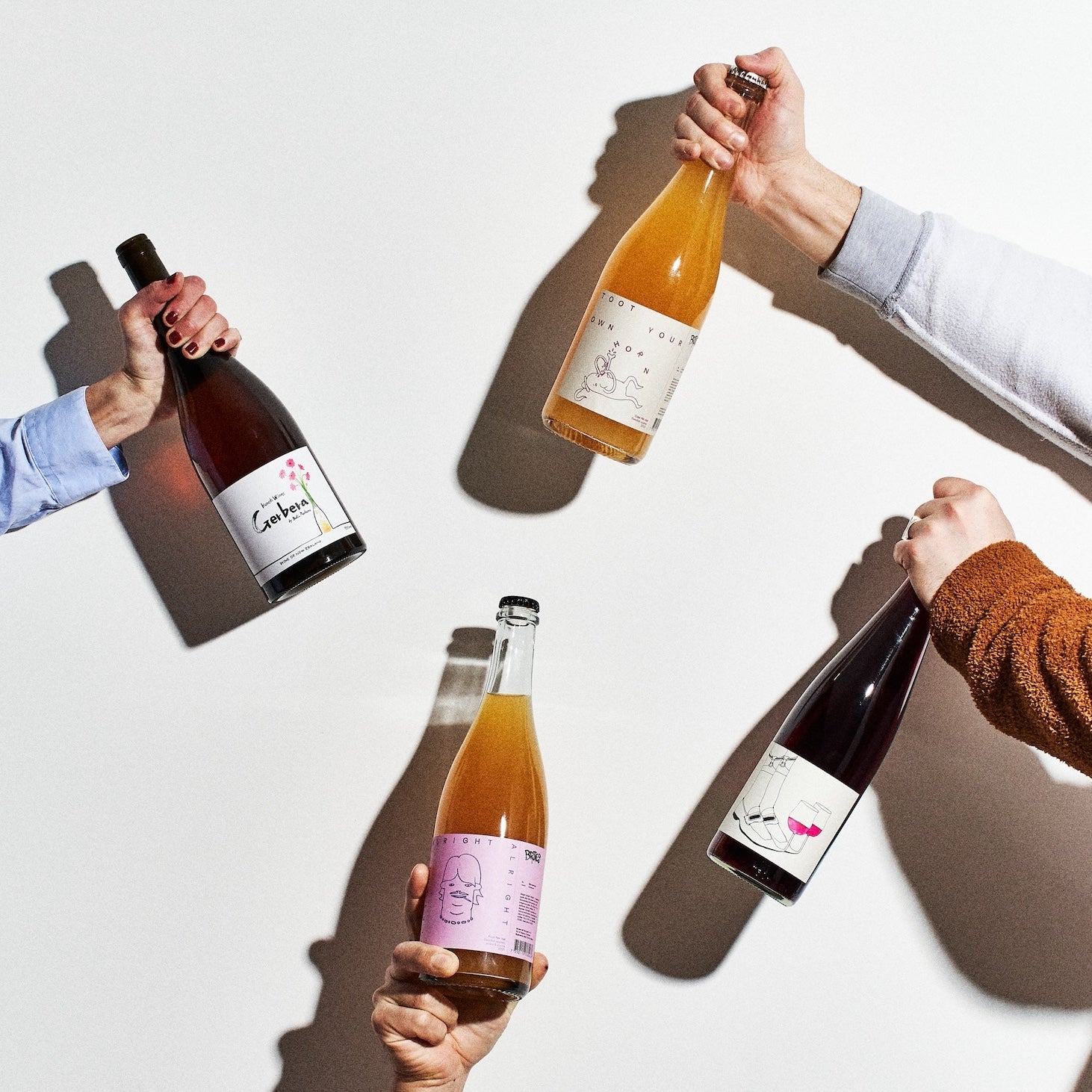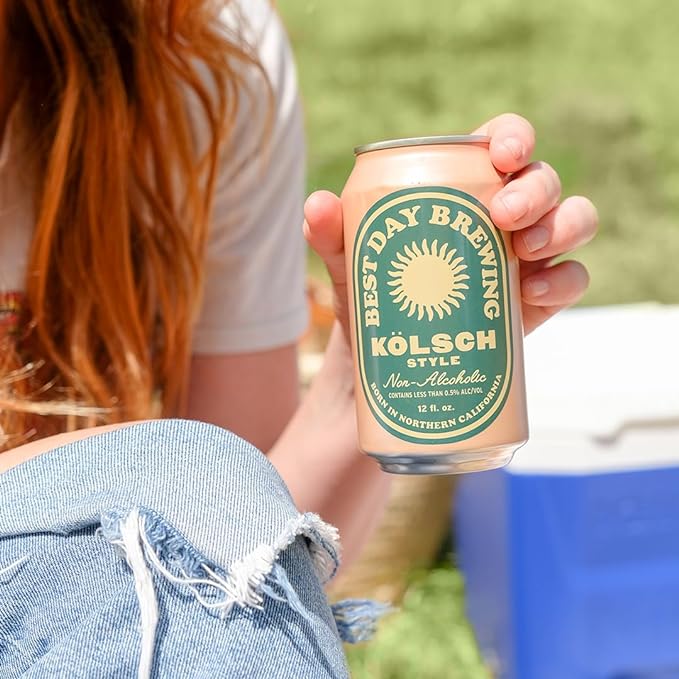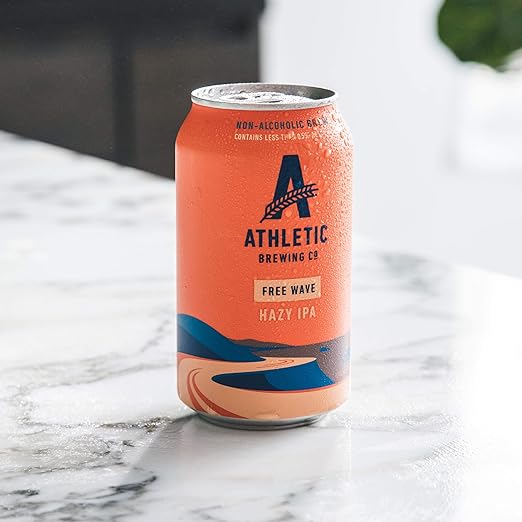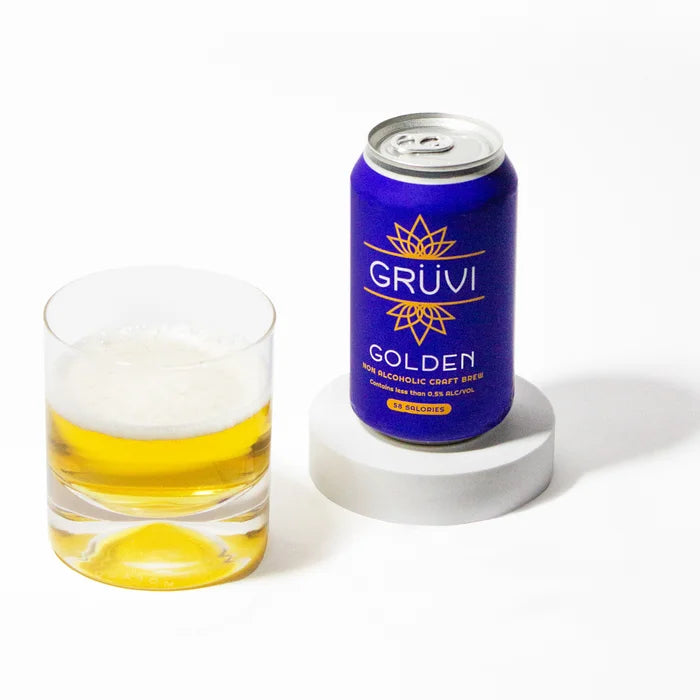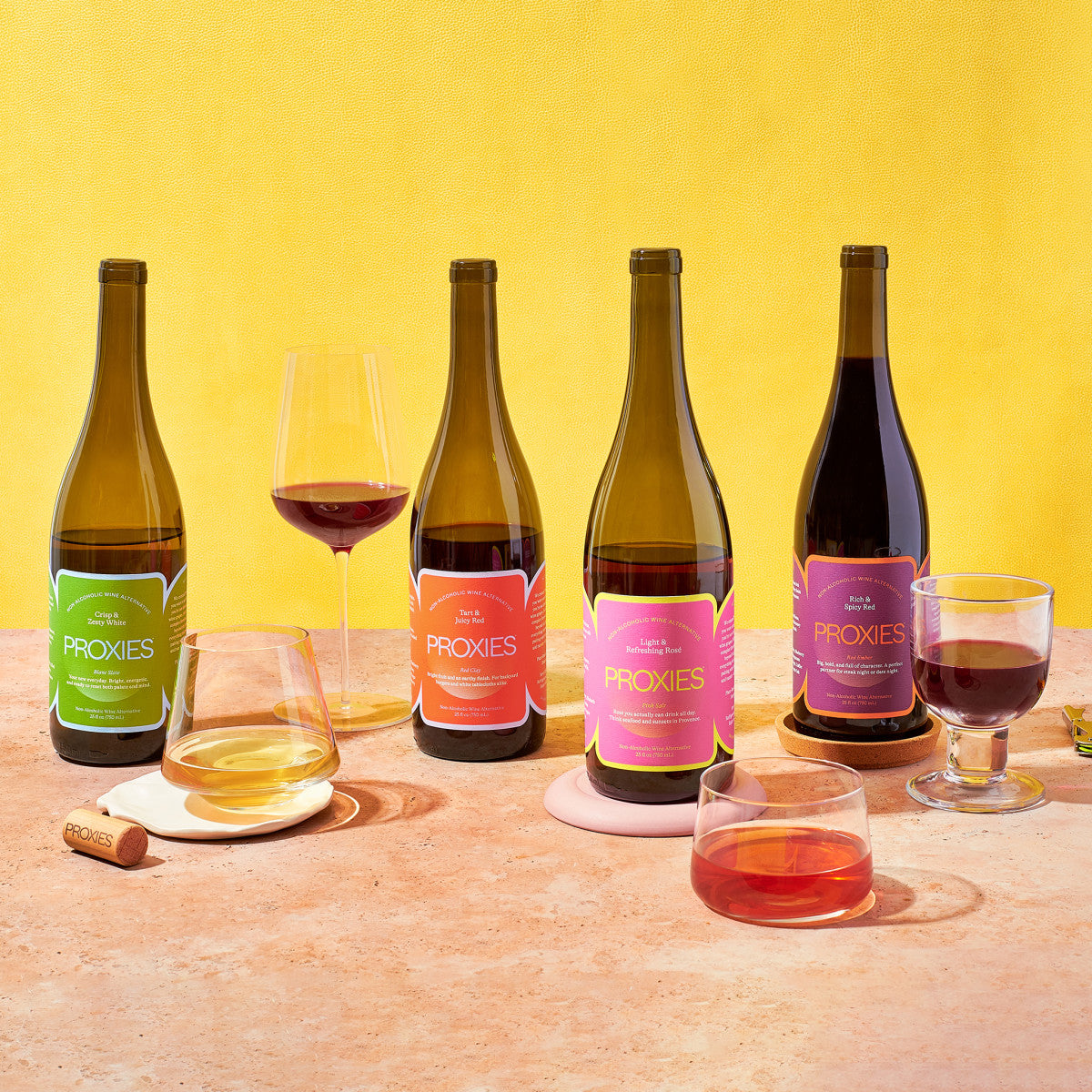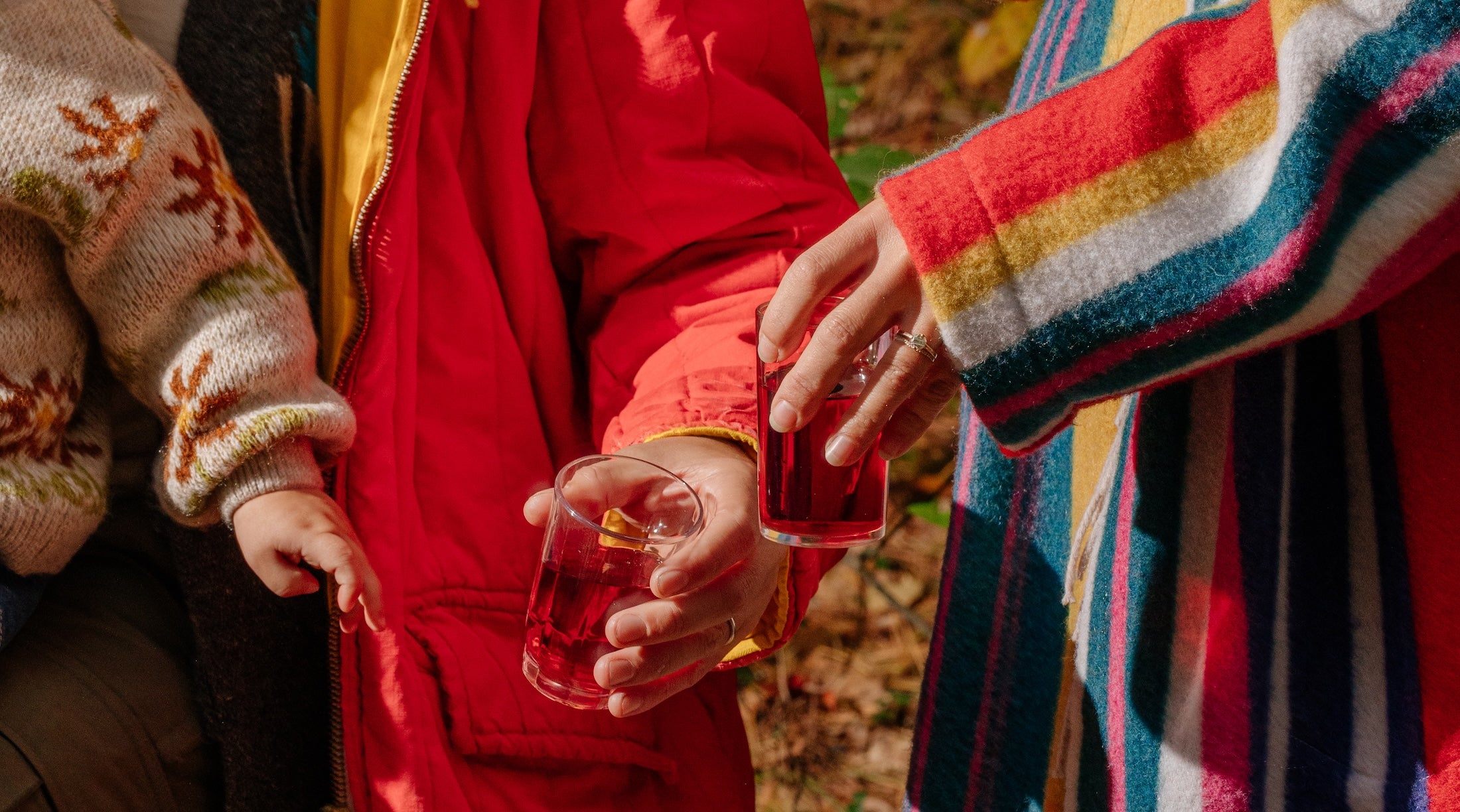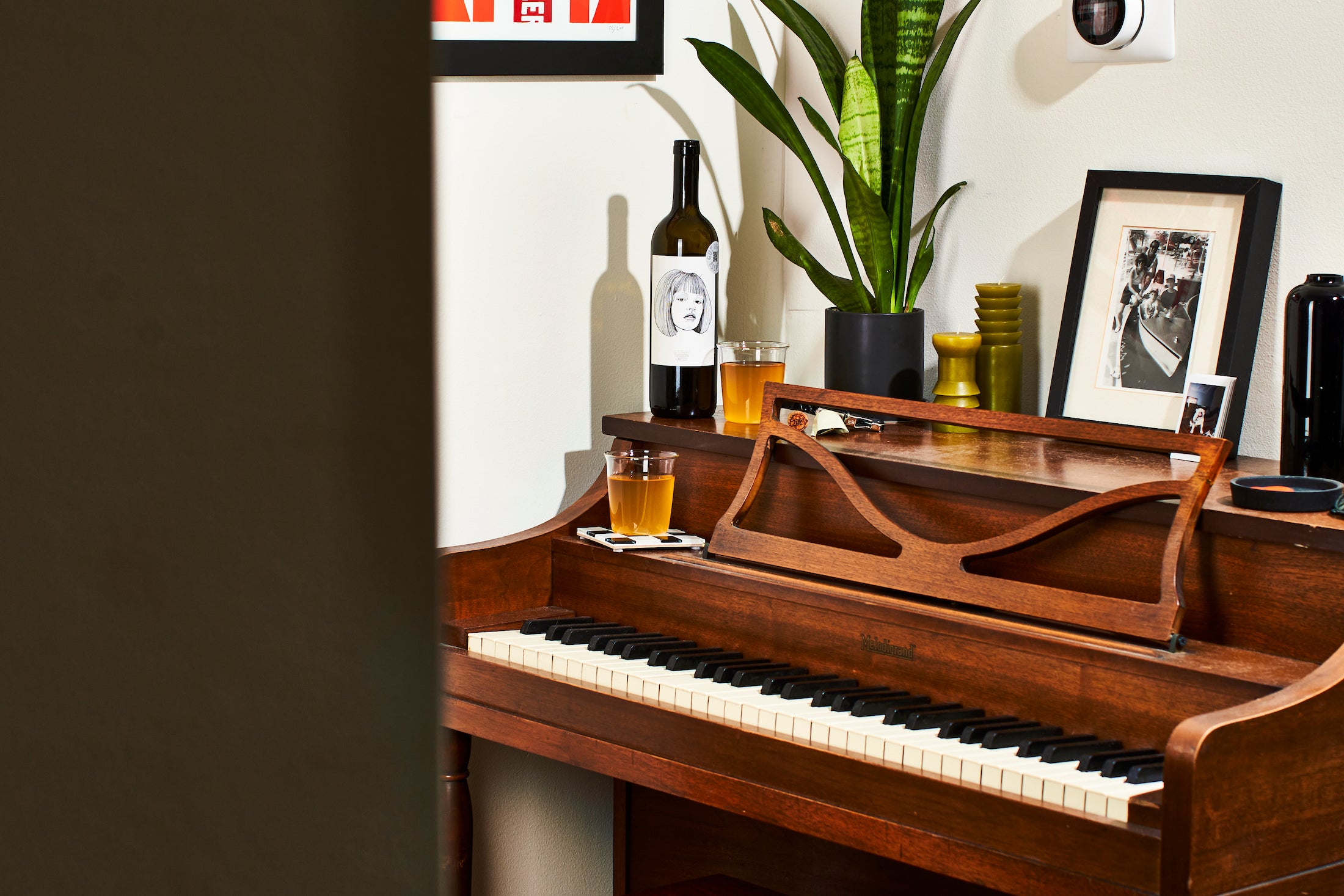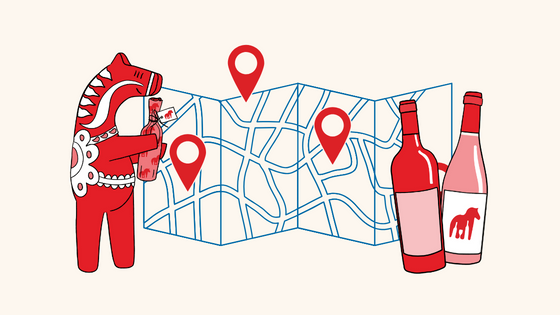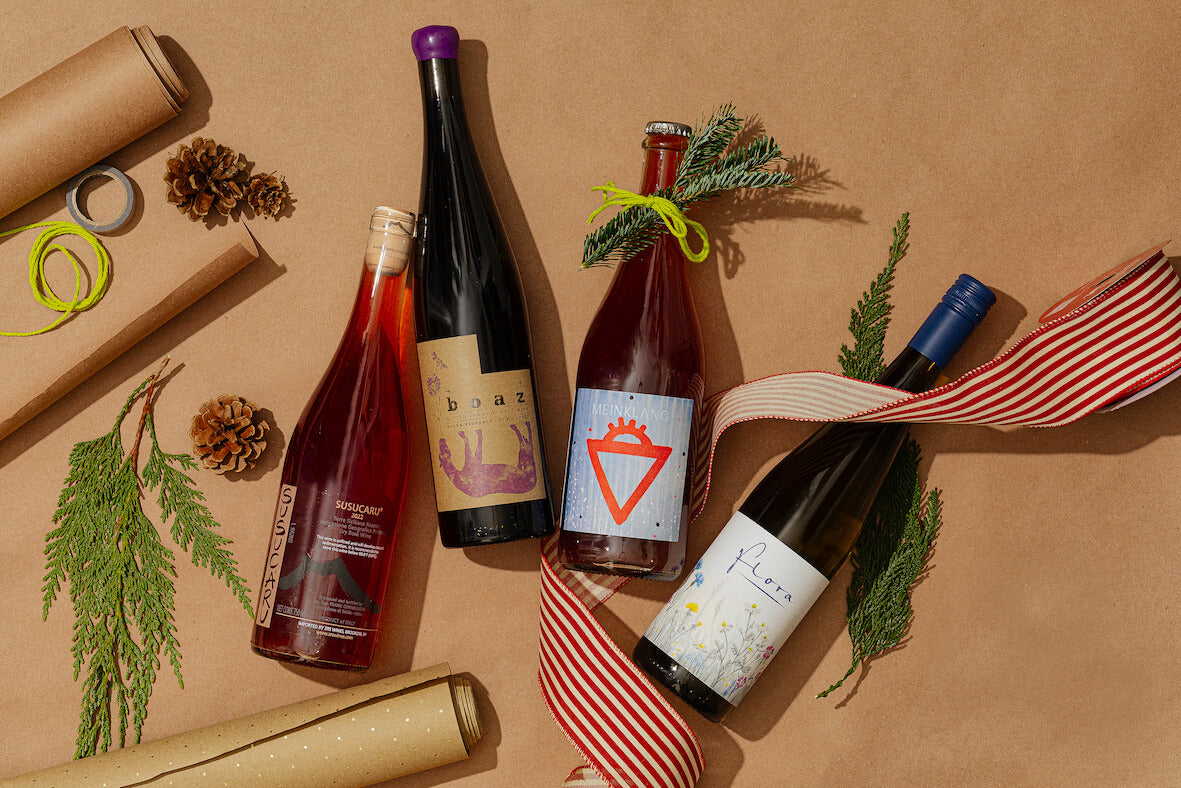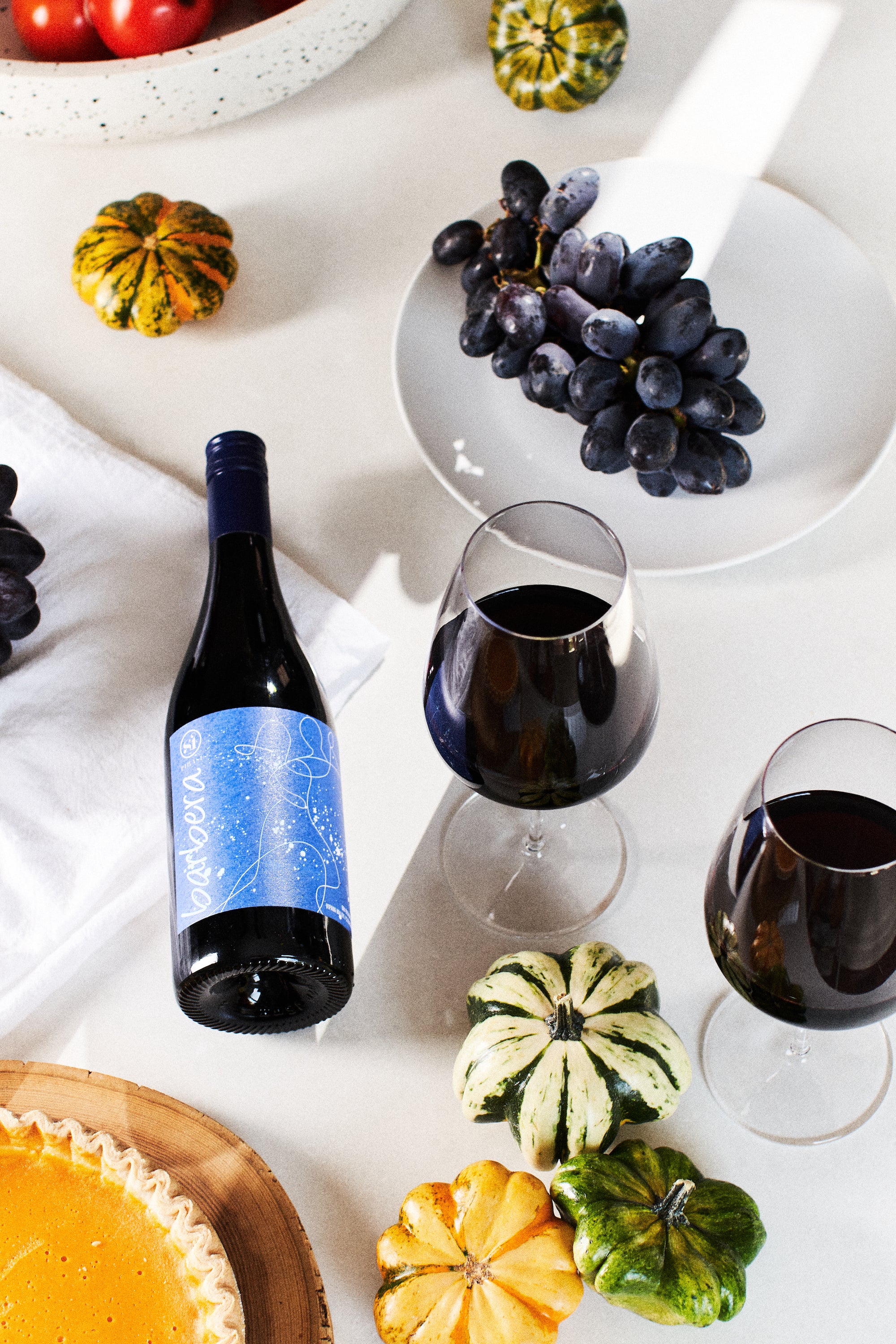Our Favorite Non-Alcholic Drinks
And Where to Find Them
From the most popular Athletic Brewing to Surely wine a Proxies, we are excited about all the movement in the non-alcoholic wine space! Below is our guide to what we REALLY think is worth the buzz and which you can leave on the shelf, as well as where you can buy non-alcoholic wine near you.
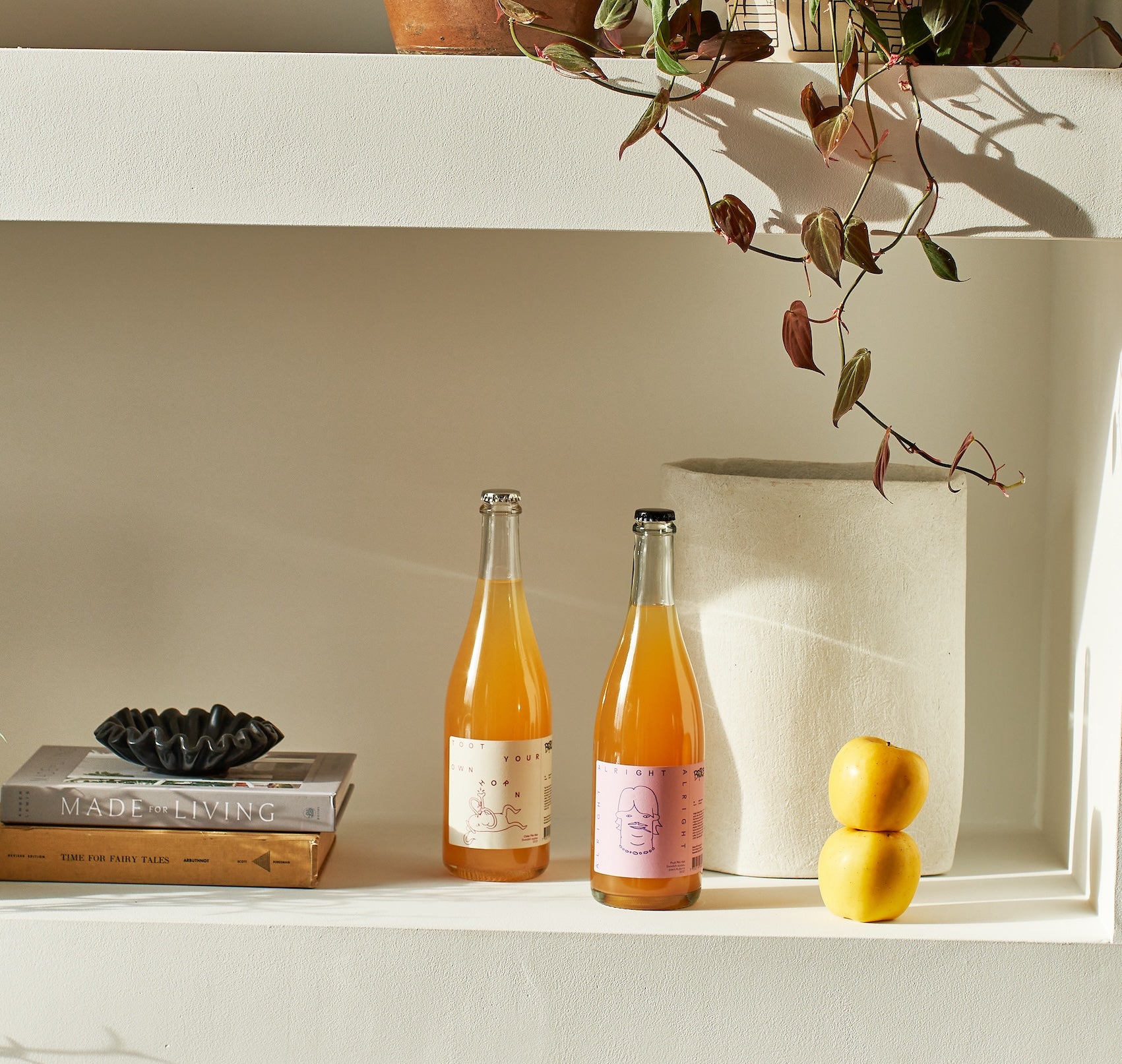
Non-alcoholic wine, often referred to as alcohol-free wine, has become increasingly popular among consumers seeking healthier lifestyle choices without sacrificing the pleasure of enjoying a well-crafted drink.
Some of the leading products in this space are Proxies and Töst, a non-alcoholic alternative that offers the sophistication of red, white, and sparkling wine with none of the alcohol. Brands like Surely have carved out a niche by offering high-quality non-alcoholic wines that appeal to both casual drinkers and connoisseurs.
As more consumers embrace sober lifestyles or seek alternatives that align with health-oriented goals, the demand for non-alcoholic wine continues to grow. This shift is not just about reducing alcohol consumption but also about enjoying sophisticated, complex flavors that non-alcoholic wine offers. Whether for health reasons, personal choice, or curiosity, non-alcoholic wines provide a compelling option for enjoying the ritual of wine drinking without the effects of alcohol.
Our Favorite Non-Alcoholic Wines
And Where You Can Find Them
Want to learn more specifically about non-alcoholic wine? Read our full blog on it here!
Every Question Answered (Almost) About the Non-Alcoholic Wine
There are primarily two methods used to achieve this:
- Vacuum Distillation: This technique involves heating the wine under reduced pressure (a vacuum), which allows the alcohol to evaporate at a lower temperature than usual. This lower temperature is crucial as it minimizes the loss of flavor and aroma compounds that are often volatile and sensitive to heat.
- Reverse Osmosis: In this method, wine is forced through a semipermeable membrane that allows alcohol and some water to pass through but retains the larger molecules that contribute to flavors and aromas. The alcohol is then distilled out of the alcohol-water mixture, and the remaining water is added back to the retained flavors and aromas to reconstitute the wine.
On average, a one year shelf-life is best practice. Just like regular wine, it's best if they're stored in a cool dark place.
That will depend on the brand, but for most the answer is yes! We can say with confidence that Proxies and Surely are.
Our Favorite Non-Alcoholic Beer
And Where You Can Find Them
Every Question Answered (Almost) About the Non-Alcoholic Beer
Making non-alcoholic beer involves a process quite similar to traditional beer brewing, with a crucial additional step to remove alcohol while retaining the flavors that are typical of beer. Here's an overview of the process:
1. Traditional Brewing
The initial stages of brewing non-alcoholic beer are the same as regular beer:
- Mashing: Malted grains (usually barley) are mixed with hot water to create a mash. This process activates enzymes in the malt that convert the starches into fermentable sugars, producing a sugary liquid known as wort.
- Boiling: The wort is boiled, and hops are added for flavor, aroma, and bitterness. This step also sterilizes the wort.
- Cooling and Fermenting: After boiling, the wort is cooled down to a suitable fermentation temperature before yeast is added. The yeast ferments the sugars, producing alcohol and carbon dioxide.
2. Alcohol Removal
To create non-alcoholic beer, the alcohol produced during fermentation must be removed or its formation limited. This can be done using several methods:
- Limited Fermentation: By controlling the fermentation process—such as adjusting the types of yeast used, the fermentation temperature, or the fermentation time—brewers can limit the amount of alcohol produced. This method aims to not exceed the alcohol content typical for non-alcoholic beers (generally below 0.5% ABV).
- Vacuum Distillation: Similar to non-alcoholic wine production, the beer is heated under reduced pressure. This allows the alcohol to evaporate at a lower temperature, minimizing the impact on the beer’s flavor.
- Reverse Osmosis: This process involves filtering the beer through a semi-permeable membrane that separates the alcohol from the beer. The alcohol is then removed, and the remaining components are recombined.
- Heat Treatment: The beer can be heated just enough to evaporate the alcohol but at a risk of altering the flavor profile.
3. Carbonation
After the alcohol is removed, the beer often needs additional carbonation since some natural carbonation may be lost during the alcohol removal process. Carbon dioxide can be injected into the beer to enhance its bubbly texture.
4. Flavor Adjustment
Non-alcoholic beers sometimes require flavor adjustments to better mimic the taste of alcoholic beers. Brewers might add hops, malt extracts, or other natural flavors to balance any changes caused by the removal of alcohol.
Conclusion
The technology and techniques for making non-alcoholic beer have improved significantly, allowing for a wide variety of styles and flavors that closely resemble their alcoholic counterparts. These advancements have helped boost the popularity of non-alcoholic beers as part of a lifestyle that prioritizes health and well-being without giving up the enjoyment of beer.
The shelf life of non-alcoholic beer generally varies depending on the brand and the packaging, but it typically has a shorter shelf life compared to alcoholic beers due to the lower alcohol content, which naturally acts as a preservative.
Factors Affecting Shelf Life
- Packaging: Non-alcoholic beer packaged in cans tends to have a slightly longer shelf life than those in bottles, as cans are better at blocking out light and oxygen.
- Storage Conditions: How non-alcoholic beer is stored significantly impacts its shelf life. It should be kept in a cool, dark place to prevent degradation from light and heat. Exposure to high temperatures or direct sunlight can accelerate the aging process, leading to off-flavors.
- Preservatives: Some non-alcoholic beers may contain preservatives to extend their shelf life, whereas others do not.
Typical Shelf Life
- Unopened: Most non-alcoholic beers can be stored for about 6 to 9 months when unopened and kept under ideal conditions. It's important to check the "best by" date on the package, as this will provide the best indication of how long the beer will maintain its optimum quality.
- Opened: Once opened, non-alcoholic beer should be consumed within 24 hours. Like regular beer, once exposed to air, it begins to oxidize, which can quickly degrade the taste and quality.
Recommendations
To ensure the best quality and taste, it's advisable to consume non-alcoholic beer as close to the bottling date as possible and certainly before the "best by" date. Proper storage away from light and at a stable, cool temperature will help maintain its quality over time.
Simple answer here is probably not, unless they SPECIFICALLY say so!
Interested in Learning More? Check Out Our Blog!
Not sure about non-alc and want to check out natural wine?
Check out the club
Every month we create a special page for our wine club members featuring short tasting videos and more information about each wine, and why we chose it.

